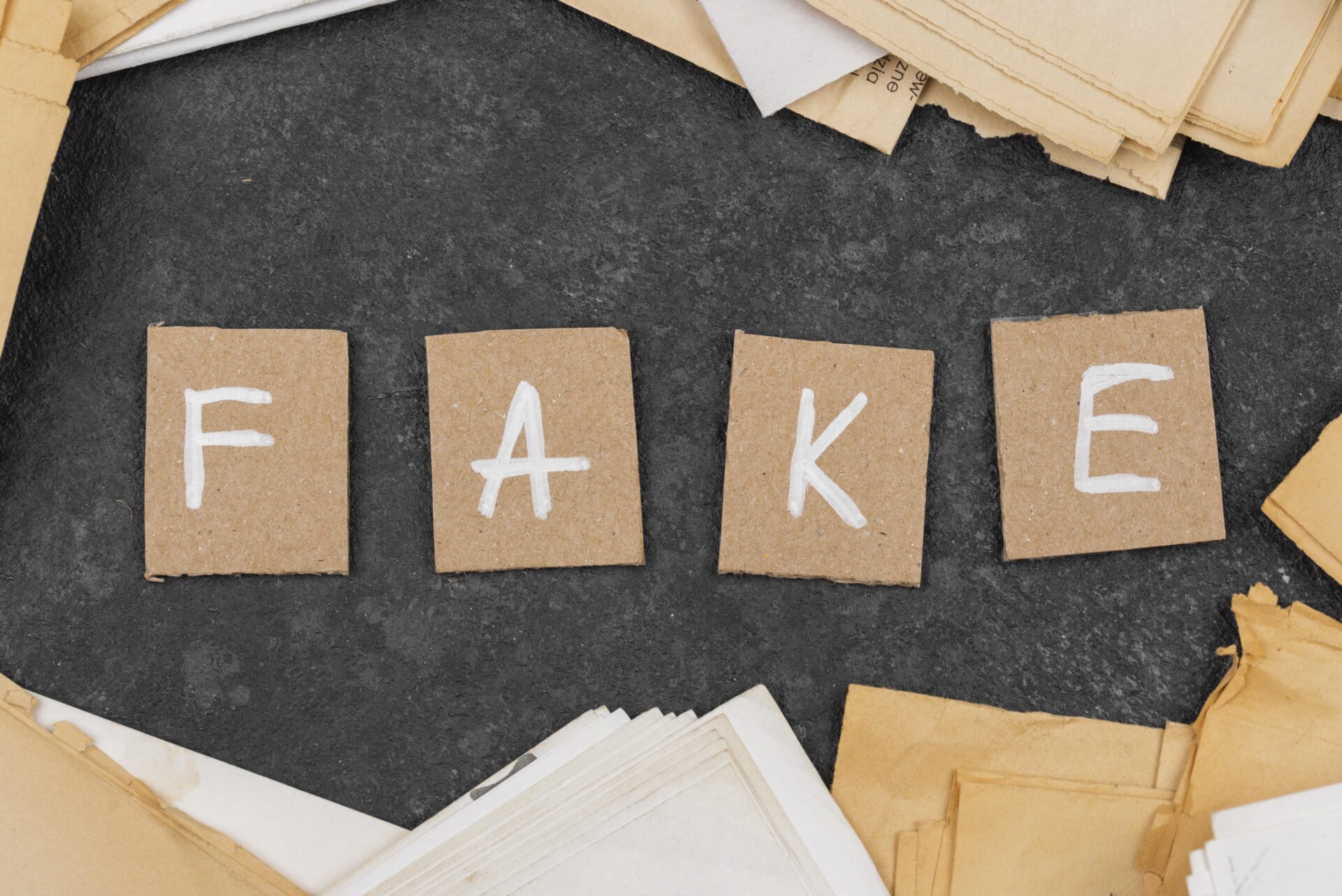Battling the Bogus: Strategies for Handling Fake Reviews

In our interconnected world, where digital storefronts often eclipse brick-and-mortar establishments, online reviews are a potent currency. They steer consumer choices, influence brand perception, and can dramatically impact sales. However, amid the many genuine appraisals lie a cluster of deceptive reviews, muddying the waters with their falsified praises or unjust criticisms. These fake reviews threaten to skew the marketplace, eroding consumer trust and unfairly damaging business reputations. As this issue persists, businesses must equip themselves with effective strategies to identify, manage, and mitigate the impacts of fake reviews. Here’s how:
Identify Patterns
Fake reviews often exhibit certain telltale signs that can make them easier to spot. They might be unusually vague, offering generic praise or criticism without specific details about the product or service in question. On the other hand, some fake reviews might go to the other extreme, bubbling over with excessive enthusiasm or harsh negativity that seems out of proportion.
Another suspicious sign is the inclusion of irrelevant details, which can suggest that the reviewer is trying to distract from the fact that they haven’t actually used the product or service. A sudden influx of negative reviews can also raise alarm bells, especially if they appear soon after a positive spike in sales or glowing reviews.
Identifying these patterns requires vigilance and a deep understanding of your typical review landscape. By keeping a keen eye on incoming reviews and knowing what to look for, businesses can effectively detect anomalies that could indicate foul play.
Use Verification Tools
Thankfully, most review platforms are aware of the problem of fake reviews and have implemented tools to verify the authenticity of customer feedback. These tools can range from simple email verification processes to more complex systems that track IP addresses or use machine learning to identify suspicious patterns.
Leveraging these tools can help ensure that the reviews representing your business come from genuine customers. Although no system is infallible, verification tools can significantly reduce the chances of fake reviews slipping through the net and unjustly impacting your business reputation.
Engage, Don’t Evade
Coming across a potentially fake review can be frustrating, but ignoring it isn’t the solution. Instead, take the opportunity to respond professionally and respectfully, highlighting your concerns about the review’s authenticity. Your response should be tactful, expressing your commitment to providing excellent customer service and noting that the feedback does not align with your records.
This proactive approach demonstrates your commitment to transparency and customer satisfaction. It reassures potential customers that you take all feedback seriously, and you’re dedicated to rectifying any legitimate issues.
Report to Platform
If you’re confident that a review is fake, report it to the review platform. Most platforms have mechanisms in place to investigate and, if necessary, remove illegitimate reviews. While the investigation process might take some time, it’s a crucial step in ensuring that your online reputation accurately reflects genuine customer experiences.
Encourage Genuine Reviews
While it’s important to manage and report fake reviews, the best defense against them is an arsenal of authentic reviews from satisfied customers. A steady stream of genuine reviews can drown out the noise of the fake ones, providing a more accurate portrayal of your business.
You can encourage genuine reviews by making the review process easy and accessible, offering incentives, or simply asking customers post-purchase. Not only will this flood the review platforms with authentic experiences that counterbalance any negative, fake reviews, but it will also engage your customer base, fostering a community of supporters who are invested in your business’s success.
Conclusion
In the digital age, the menace of fake reviews is a reality businesses must confront. While it may seem like a daunting task, businesses armed with the right strategies can effectively battle the impact of fake reviews. By vigilantly identifying patterns, utilizing verification tools, engaging with questionable reviews, reporting suspected fakes to the platform, and encouraging an influx of genuine reviews, businesses can minimize the influence of these fraudulent appraisals.
In conclusion, while the digital age brings the challenge of fake reviews, it also brings advanced tools and strategies for battling this issue. With the right approach, businesses can protect their online reputation, promote authenticity, and continue to harness the power of genuine customer feedback in their growth and success.
